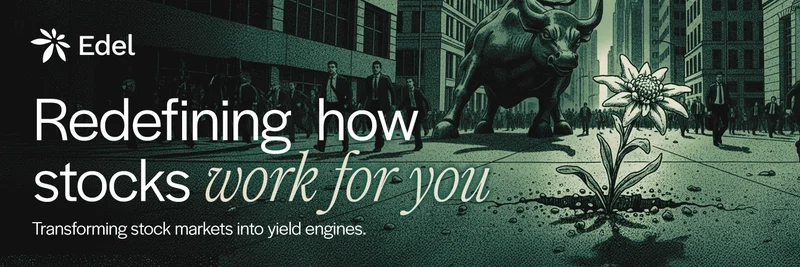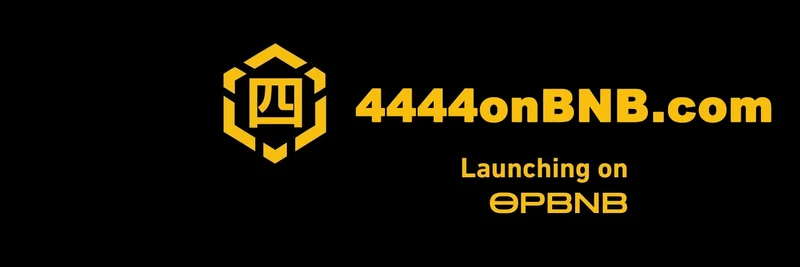In a significant move that could reshape the landscape of institutional finance, Goldman Sachs and Bank of New York Mellon (BNY Mellon) have announced the digitization of the $7.1 trillion money market. This initiative, highlighted in a recent tweet from BSCN, marks a pivotal step towards integrating blockchain technology into traditional financial systems, promising faster, cheaper, and more transparent cash management for large institutions.
The Shift to Tokenized Money Market Funds
The core of this transformation lies in the launch of a system to trade tokenized money market funds on the blockchain. Tokenization, in this context, refers to the process of converting rights to an asset into a digital token on a blockchain. This approach allows for the representation of ownership and the execution of transactions in a decentralized, secure, and efficient manner.
According to the BSCN tweet thread, this initiative aims to make institutional cash management faster by leveraging blockchain's inherent advantages. Traditional money market funds, which are short-term, low-risk debt instruments, often face delays in settlement that can span days. The tokenized version, however, enables near-instant settlement, a game-changer for institutions that rely on these funds for liquidity and operational efficiency.
How Blockchain Enhances Traditional Finance
Blockchain technology, the backbone of this new system, offers several key benefits:
- Transparency and Security: All transactions are recorded on an immutable ledger, ensuring that they cannot be altered or deleted. This transparency is crucial for regulatory compliance and trust-building among investors.
- 24/7 Trading: Unlike traditional markets with fixed trading hours, tokenized funds can be traded around the clock, providing continuous access to liquidity.
- Smart Contract Automation: The use of smart contracts automates many processes, reducing the need for manual intervention and minimizing errors. This also enhances real-time oversight, allowing for better management and quicker response to market changes.
Implications for Institutional Investors
For large institutions, this move could dramatically cut down on settlement delays, a common pain point in traditional finance. The platform, which leverages Goldman Sachs' proprietary digital asset technology, allows BNY Mellon to act as the key link for custody and client access. This partnership not only streamlines operations but also opens up new avenues for investment in digital assets.
The tweet from BNY emphasizes the platform's potential to increase the utility and transferability of money market funds (MMFs). By tokenizing these funds, investors can now trade assets with unprecedented speed and efficiency, something that used to take days in the traditional system.
The Broader Impact on the Financial Industry
This development is part of a larger trend where traditional financial institutions are increasingly adopting blockchain technology. As noted in the CNBC article, the project has already attracted interest from major players like BlackRock, Fidelity Investments, and Federated Hermes. This collective move signifies a maturing digital asset market, further propelled by recent regulatory advancements, such as the U.S.-regulated stablecoins signed into law by President Donald Trump.
The tokenization of money market funds is not just a technological upgrade; it's a strategic shift towards a more efficient, transparent, and accessible financial ecosystem. As more institutions embrace this innovation, we can expect a ripple effect across the industry, potentially leading to broader adoption of digital assets and blockchain technology.
Conclusion
Goldman Sachs and BNY Mellon's foray into tokenized money market funds represents a significant milestone in the evolution of institutional finance. By harnessing the power of blockchain, they are setting a new standard for speed, transparency, and efficiency in cash management. As this technology continues to mature, it will undoubtedly play a crucial role in shaping the future of finance, making it more resilient and adaptable to the demands of a digital economy.
Stay tuned to Meme Insider for more updates on how blockchain and digital assets are transforming the financial landscape.




